A conference to commemorate Belgaum's 75th print anniversary - The Noel D'Cunha Sunday Column
Invest in print: dreamy optimism or hope for the best ...
Saddled with problems similar to those faced by printers in small cities and towns, the Belgaum Press Owners Association decided to celebrate its Seventy-Fifth Anniversary on 24 February 2018 – Printer’s Day by discussing spending and the efficiency on that spend.
Ashok Dhond of Impressions in Belgaum says, there’s a consensus right now that investing is a good thing. “But there’s a mindset that there’s no fu
03 Mar 2018 | By Noel D'Cunha
Impressions’ managing director Ashok Dhond is an experienced campaigner in the Belgaum print circle.
He was instrumental in installing Belgaum's first single-colour web offset press in 1980 and in 1987 its first four-colour web offset press, the Orient Super. Later in 2000, he went on to add a Manugraph NewsLine 20 in Belgaum and in Kolhapur; and in 2002 a Manugraph StarLine machine in Goa. Teaming up with his paternal uncle, Kiran Thakur, the group editor of Tarun Bharat Daily, initially, he branched out to become a contract printer for newspapers like The Times of India, Indian Express, and important regional newspapers on Goa and Kolhapur.
"I am a firm believer in the value of entrepreneurship. I always have one machine on stand-by for jobs. Be prepared - has been the mantra of our success," says Dhond. "That way I am in a position to service many more clients."
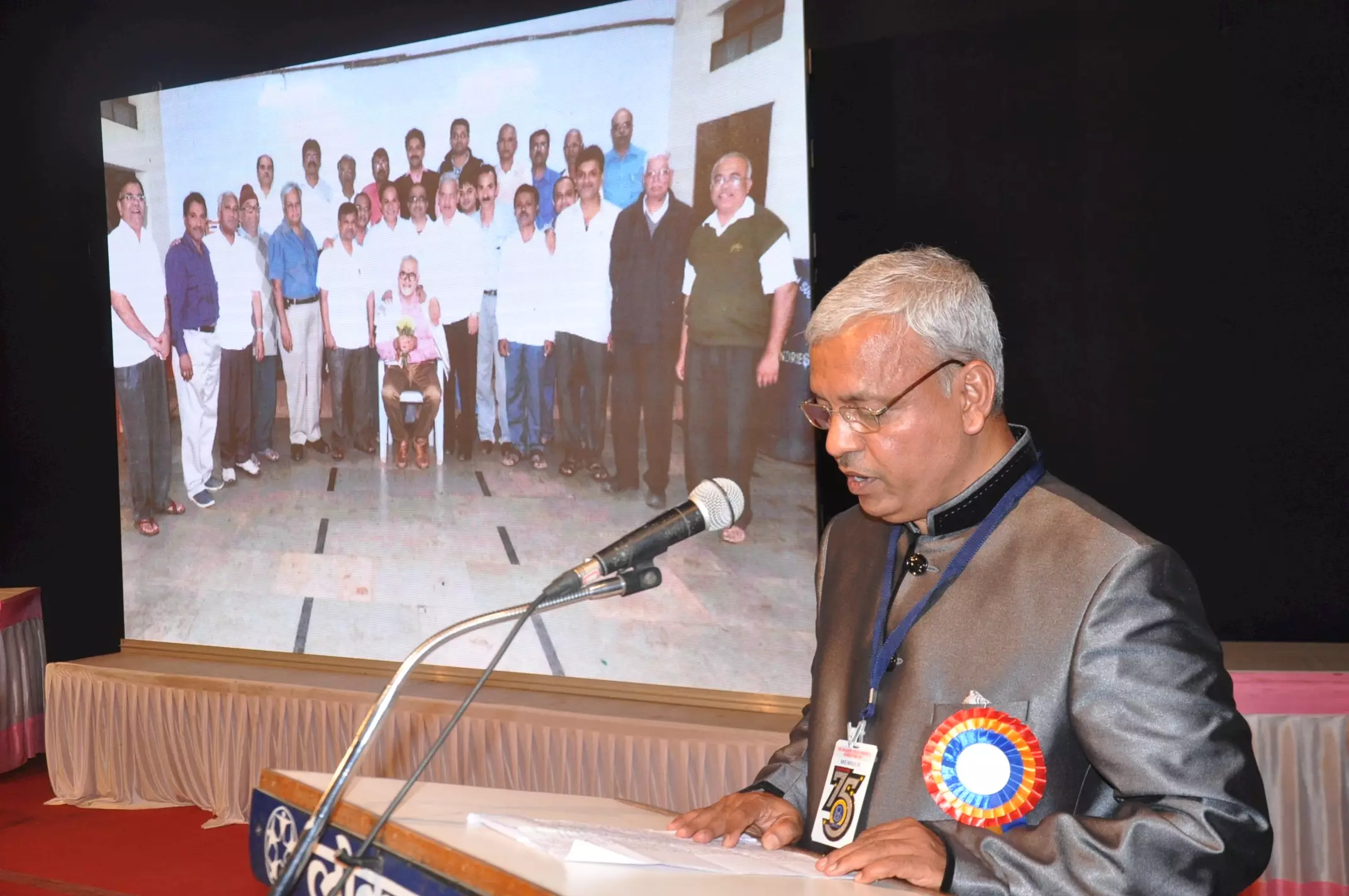
Satish Jadhav, the president
of BPOA
Satish Jadhav, the president of Belgaum Press Owners Association (BPOA) along with Dhond set up the celebration of the Association’s 75 years in print, on Printer’s Day – 24 February 2018. “It’s a matter of pride that our association has achieved the milestone. Now, we have the third generation to take the lead.”
There are around 800 print firms in Belgaum, of which – 25 can be considered big, 125 medium and 650 small printers mainly using offset, digital and screen printing processes. The tier-2 city ranks second to Bengaluru in terms of overall exports in Karnataka.
“There’s great potential, but we also have competition in the form of printers from Kolhapur, Pune and Bengaluru, who pitch for jobs here,” says Jadhav.
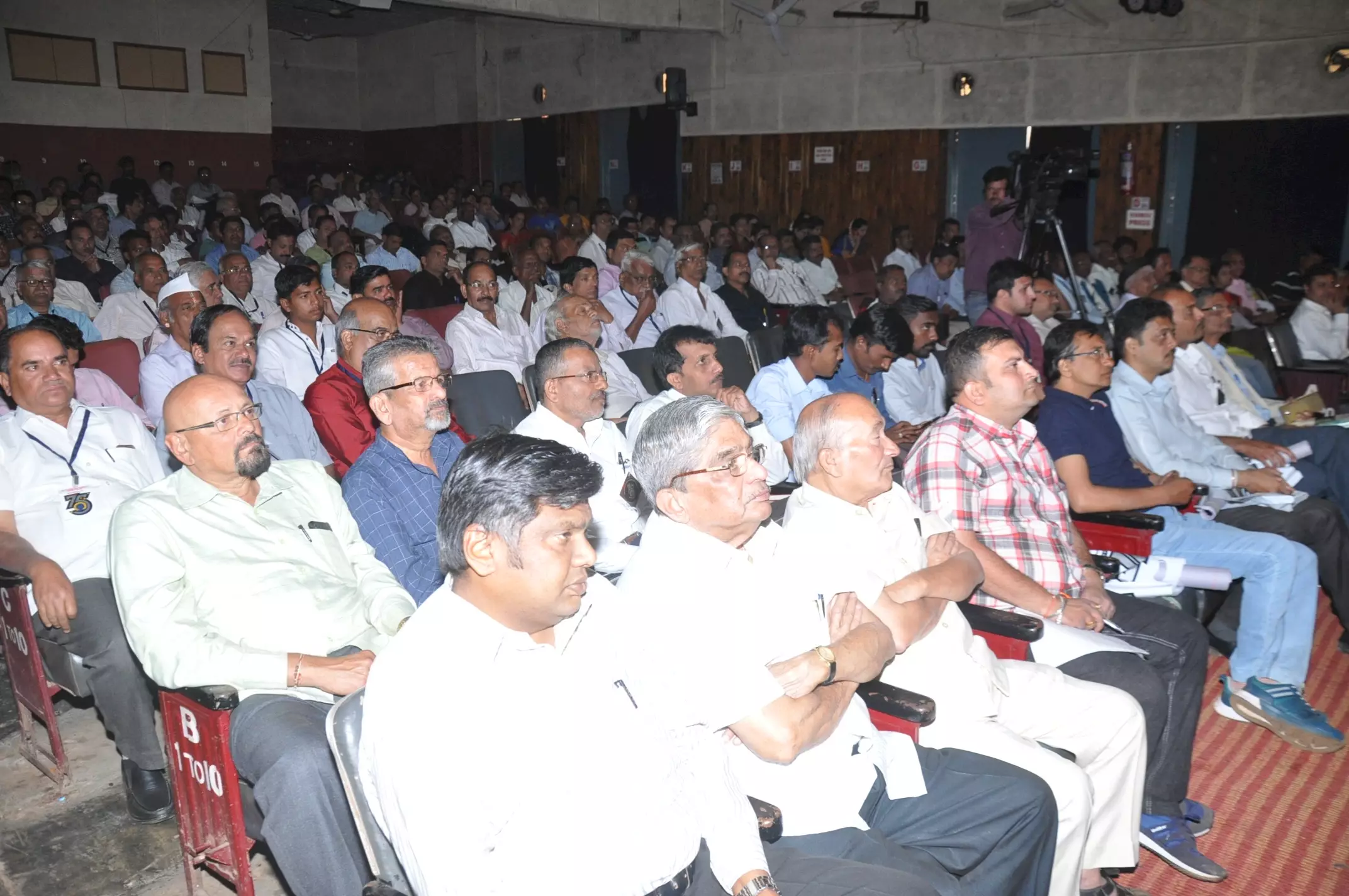
More than 450 printers from Belgaum in attendance
Dhond adds, “The mindset of most printers is that there is no future in this business and they are just carrying on because they are ‘stuck in the rut’ and are petrified to diversify into altogether different business.”
The Anniversary and Printer’s Day conference gave both Jadhav and Dhond a perfect opportunity to have some of the doubts, cleared.
In Vijay Sankeshwar, the founder chairman of VRL Group, India's largest logistics company, the BPOA found an excellent model. Sankeshwar owned a single truck. Today he is a business tycoon who helms a transport company with a fleet of 4,300 vehicles and 21,000 employees. Sankeshwar also publishes a Kannada newspaper, Vijaywani, one of the top newspaper in Kannada.
Sankeshwar recalled how at the age of 19, he started his career as a printer, when his father gifted him a print firm, Vijay Printing Press, with a machine and two employees in 1966. The firm printed dictionary, answer sheets of Karnataka University, school textbooks, and a magazine. Soon, he took a critical decision of adding modern machinery that took his firm to the next level. It was an investment of Rs one-lakh then. “We printed the Indian edition of the American magazine, Span, for which I used to work for 12 to 14 hours.
While working on his press, he also looked out for other businesses which he could set up with an investment of two to three lakh rupees and found transport as the most viable option.
“It was a risk, and not easy. I was starting a business, and competing with established players. However, we understood that timely service was critical to a transport business, and found ways to do it time and again,” he reminisced.
From a printer, to running a transport business and being a newspaper baron, Sankeshwar has seen it all. “It’s my passion, and the passion which my 21,000 employees show while doing their work. This is driving our Group,” said Sankeshwar.
In the presentation following the chief guest's keynote, on behalf of PrintWeek India, I shared a bit of Indian print data for the benefit of the delegates present.
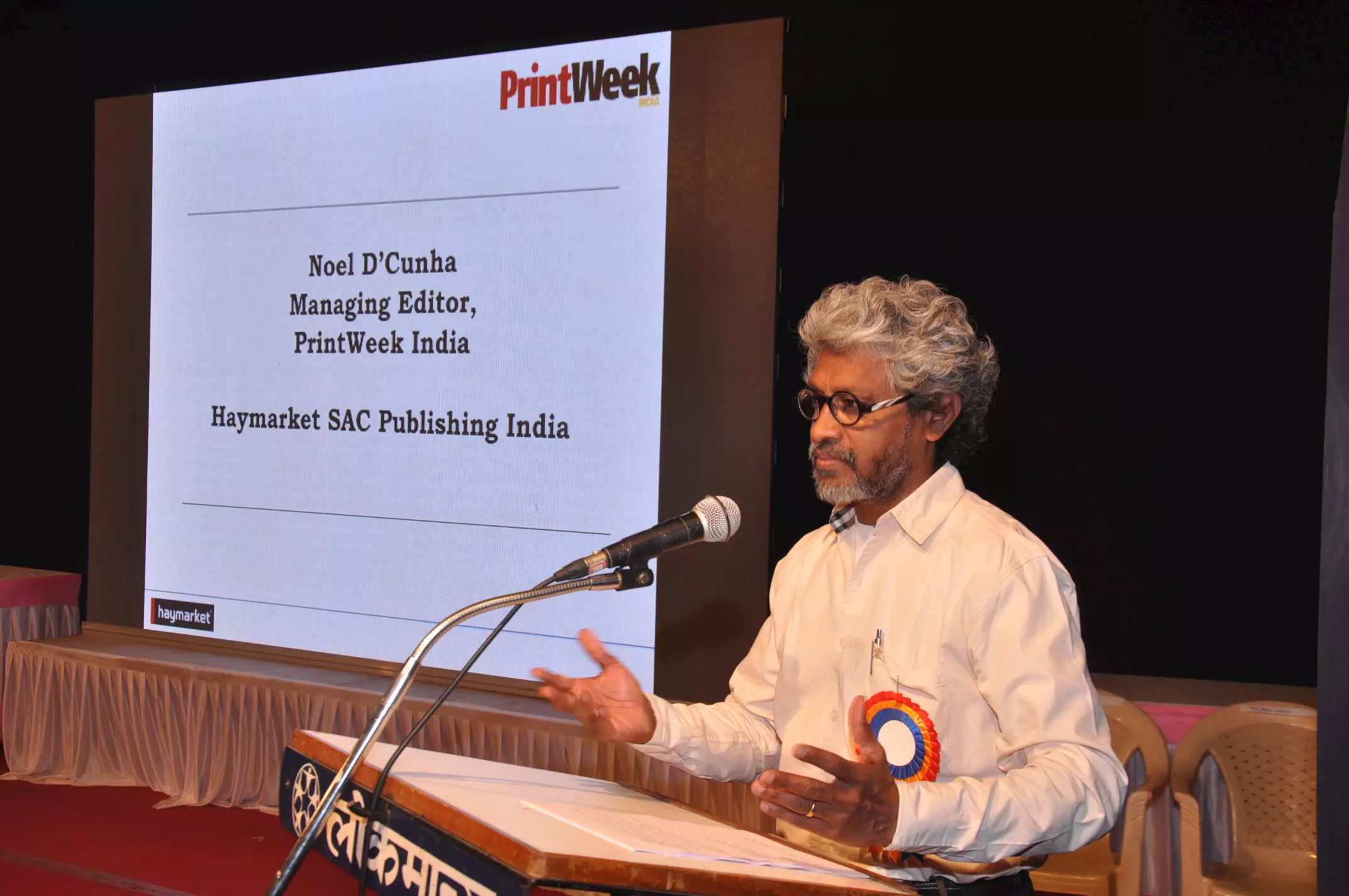
Noel D'Cunha, managing editor of PrintWeek India
The Indian print market in 2016 as per Smithers Pira was estimated to be Rs 1,75-lakh crores Of which:
Commercial - Rs 1.05-lakh crore (CAGR – 1.7% to 7.5%)
Packaging –
Rs 52,000-crore (CAGR - 10.8%)
Labels – Rs 10,688-crore (CAGR – 13.3%)
Security and Transactional – Rs 6,296-crore (CAGR – 1-2%)
The sheetfed process
accounted for Rs 44,634-crore; web – Rs 42,253-crore; and digital Rs 30,803-crore.
The idea was to show that print is not dead.
At least not as yet.
Not for the next decade or so.
Further, the book production is still over 15,000 crores, so we are still a book reading country.
While the packaging segment is growing, the corrugation segment is estimated to be Rs 15,000-crore. We have seen a good traction in the last 4-5 years in the corrugated segment and find it very exciting.
To dispel the mindset that print is dead, I would like you tosee this interesting video.
The person is buying things from Walmart and
selling it on Amazon.
There are two lessons – one get an “idea” into your print business, and two, every entrepreneur is creating business for the printers.
Get print efficiency
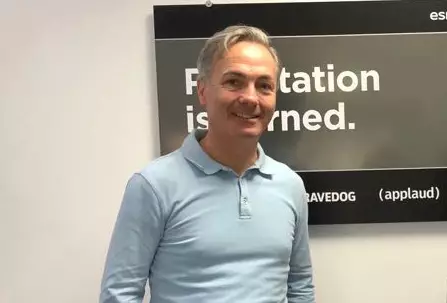
Paul Bradley of ESP Colour
During Print Summit 2018, Paul Bradley, chief executive of ESP Colour had said that around 2006, UK’s print industry was having a tough time. It was also the time when the print sector across the printing industry faced a decline in profitability as they aggressively slashed prices.
The challenges that printers in Belgaum faced on a day-to-day basis are no different from that he faced. But he countered them with a very simple project that drove everything since. He devised a Project 2.5K. It was to produce 2,500 good sheets for every set of plates that went on the presses. It was a focus on the market, focus on a product type, and focus on the perfect run length per set of plates.
Eleven years on ESC has two automated B1 multicolour presses, one is a three-year-old and the other a four-year-old. Three men run the two presses – one each on the two machines and a boiler to make the marks. Each of the machines averaged 62-million impressions per year on triple shifts (111 hours) in 2017. “Our presses run at 18,000 sheets per hour (sph), every job, every day, five days a week, 52 weeks a year,” said Bradley.
How did Bradley achieve what he did? With people and cost. Efficiency can always be improved, but we have to have our 3M’s – man, machinery, and materials. Run the machine at the speed it is brought for; employ the right people to run the machines – and they are also rightly paid, and present the paper in a way that can let the machine run at that speed.
Investment dilemma
One of the pain-points of the Belgaum printers is: decision making. Dhond says, they do not know whether to move from small offset to bigger press or to digital, or whether to buy a new or a used four-colour press. “Plus of course, if his competitor has already bought a four-colour press, how would his investment in a similar press work.”
We at PrintWeek India recently did two case-studies which were the perfect examples, of need-based investment.
Ramdoot Packaging and Bramha Print Pack are two carton packaging firms at a walking distance of five minutes from each other in Ahmedabad. Both firms have installed a Bobst Ambition 76 folder-gluer.
Why did Ramdoot invest in Bobst kit?

Pragnesh (l) and Pradeep Patel of Ramdoot Packaging
The company had three local made folder-gluers but in the 50cm size. So bigger cartons were folded and glued manually. A simple calculation showed that a person employed to fold and glue cartons would complete around 500 cartons in an hour. If the lock-bottom feature was to be added, that number would drastically fall. A typical run of carton jobs at Ramdoot is in the range of 1,000, 2,500 or 5,000.
The Bobst Ambition did the 5,000 run carton job in half an hour. Pragnesh Patel, one of the owners at Ramdoot, said, “It saved us time, reduced expenses on labour, and moved the stock out for delivery in quick time.”

Rajesh Patel (l) and Harshvadan Patel of Brahma Printpack
But they also had similar problem like Ramdoot, but their runs were longer, and besides mono cartons, it also produced fluted carton boxes. The company invested in the Bobst Ambition 76, its first Bobst. Rajesh Patel of Brahma, said, It was our perception that Bobst machines are expensive till they saw the entry level machine at an Open House show in Vadodara’s Concorde Printing, which fitted their budget. We got rid of the bottlenecks.” With the investment, the firm’s productivity has gone up by 60%.
The digital investment dilemma
The other challenge that the Belgaum printers faced was as a sheetfed offset operation, should they invest in a digital kit? If not, in a new sheetfed or a used one?
PrintWeek India’s case-study on Surat’s Progressive Printing Press provided a classic example of how despite reduced print runs, Progressive invested in sheetfed presses, new ones at that.
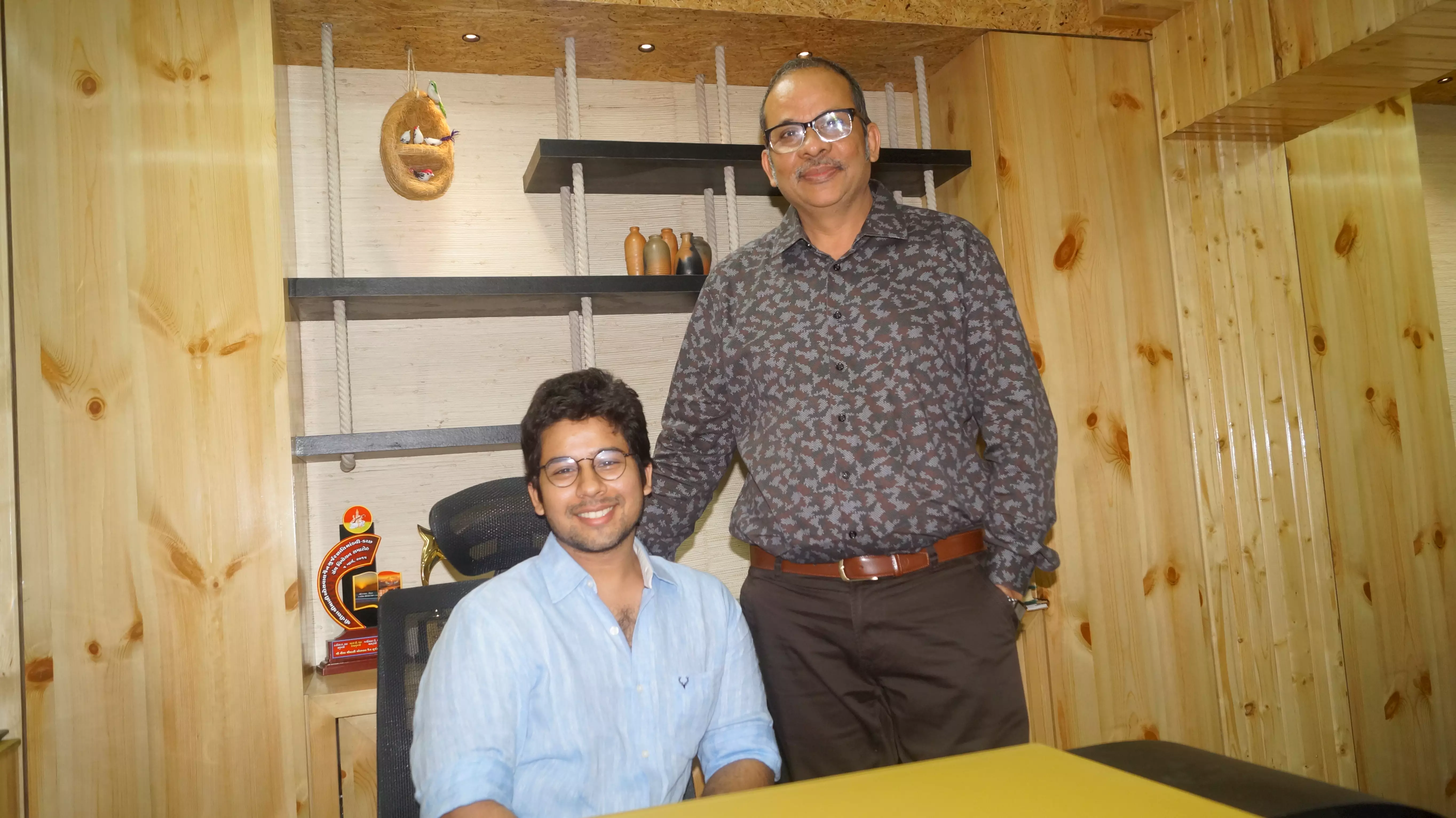
Progressive is a catalogue print specialist. “Digital prints for catalogues have many restrictions. You cannot varnish, and there are other finishing blocks,” said Asgar Sanchawala, director at Progressive.
Progressive considers printing 200 copies of a catalogue on offset, as a viable proposition. Sanchawala says, we can print 200 copies with 50 pages each at a lesser cost than digital (Rs 50000 at Rs 5 per A4 page), and add value to it, which digital can’t
Progressive has been a user of pre-owned four-colour machines for over two decades now. There are two major reasons why Progressive opted for new presses, says Sanchawala “Quick delivery and consistency of quality. We have been running secondhand machines all through, and somewhere down the line, we used to be hampered by consistency in print quality.”
So when and what with digital? There are certain things offset can’t do – VDP, personalisation, very short-runs, and print-on-demand. When your existing customer, demands few copies, you need to supply that...
Like Paul Bradley says, we must give customers what they want not what we can produce.
Some time ago, I asked a digital print vendor, considering I bought a digital machine, whom should I be consulting for the jobs. As an offset printer, customers used to come to us, I would print it and provide the service?
His answer was: Today printers who are surviving and thriving are the ones who are going out. Successful printers in Mumbai are the ones who go out and sell.
He added, five years from now, print service providers will not be present; it will be marketing service providers. The print is a way to sell my product. If you are not giving me better advice through package design or print, then it is nothing for the customer.
Costing and saving
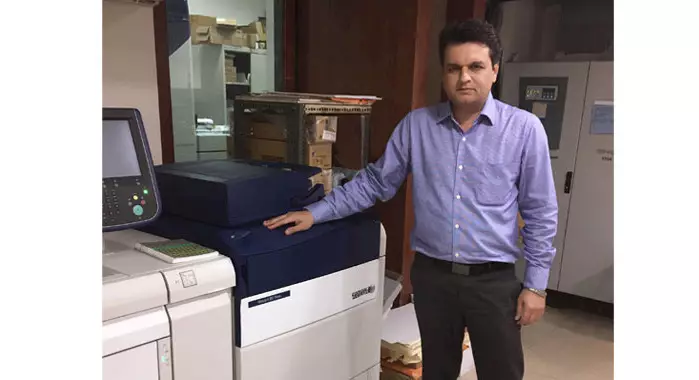
Shailesh Sharma, managing director of Inndus
Fixing the cost of printing is the most debated, but the least implemented concern. I often remember one story about the simple vada-pav. Shailesh Sharma, managing director of Inndus in Mumbai, says, about 15-20 years ago we bought a single vada-pav for as little as one rupee. Today it costs Rs 15 and above. “The cost of print which was Rs 5,000 per 1,000 copies, is down to Rs 2,000, some print it for less,” he says.
The same concern was echoed by Anil Joshi of K Joshi & Co in Pune, when I met him at the Bobst Open House on 22 February 2018.
Sharma asks, ever thought of asking the vada-pav vendor to give the vada-pav on credit or bargain on the cost?
Some food for thought here.
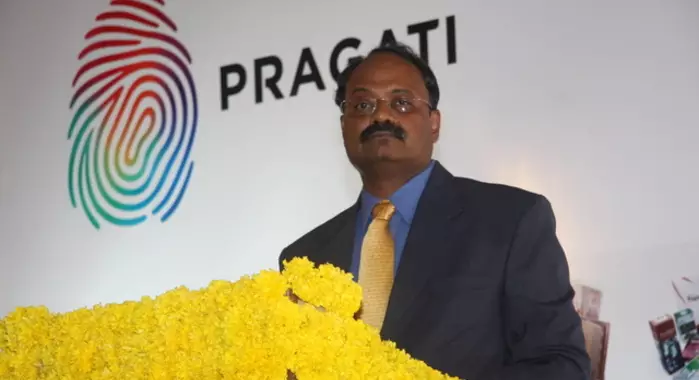
P Narendra of Pragati Offset
As for savings, I recall what Narendra Paruchuri said when Pragati Offset took the top honour at the PrintWeek India Awards 2013. He treats vendors as partners in progress, and today Pragati has an impeccable name amongst its suppliers, and they give Pragati the highest preference and service. This according to Paruchuri is one of the reasons he has been able to manage the levels of growth for both the topline and bottomline. “Being a zero-debt company has allowed us to get the best procurement prices by paying vendors in a timely fashion. Our vendors often go the extra mile to service our requirements due to these reasons,” he had said.
Pragati’s success march continues.
The lesson here is: you can negotiate on prices if you make the payment upfront. The vendors, I was told, would be willing to share the margins, which he would otherwise be paying the banks as interest.
That’s one way.
Shopfloor boost
The other way is to improve what you are doing on the shopfloor.
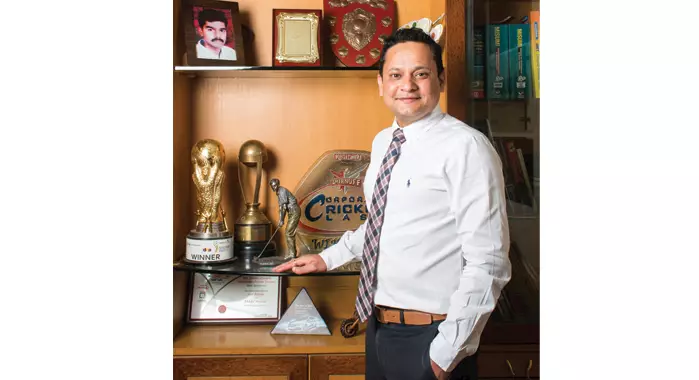
Rahul Zaware, director at Zaware Creative Enterprises, Pune says, he has taken steps in the past 18 months and the results are generating revenue for our company along with more work. These are:
- We made our entire staff go through a rigorous three month - 3-hour training each day on the basic technical aspects of printing the industry
- At the end of the technical training an exam was conducted and the promotions and incentives were given according to the results of the exam
- Wastage or loss, the problem is nailed down based on scientific evolution
- Daily, weekly, monthly, quarterly, half yearly and yearly charts for maintenance to each machine operator
- One supplier and one brand of plates, inks and pressroom chemistry
- All communication pertaining to a job is done through email by keeping various departments in the copy.
The result: he could deliver printed material to 1,593 schools. For this, Zaware printed 94,800 books in two months and 10 days.
Conclusion
Correction – everybody, from a toddler to the young teen to grown-up printer, instead of accepting the wrong, try to resist, prove that we are right, or justify why we did what we did.
Kiran Thakur, the group editor of Tarun Bharat Daily and founder chairman of Lokmanya Multipurpose Coop Society, who presided over the inaugural function of the Conference, had said that he too had ventured into a truck transport business, but once he found that the business is not his cup of tea, he retreated. “I did not continue just for the sake of it,” he said.
It was course-correction.

PS: Have you responded to the five-minute PrintWeek Survey: Sheetfed Offset Outlook in India? If not, I will urge you to do so. To begin the survey, please click here.


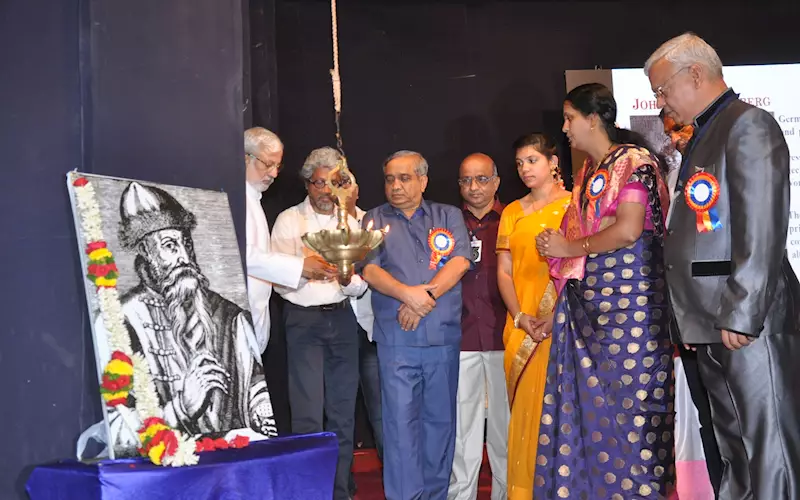











 See All
See All